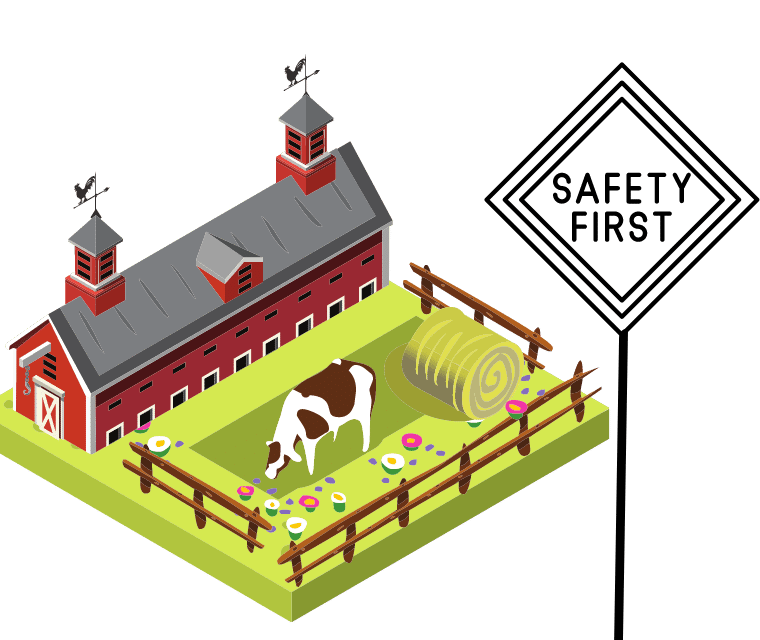Introduction
Dairy farming is a vital part of the Indian agricultural economy. As such, it is important for dairy farmers to understand the safety practices necessary to protect themselves, their workers, and their animals. This blog post will discuss three key safety practices on a Indian dairy farm: personal protective equipment, emergency preparedness, and hazard identification and prevention.
Personal Protective Equipment
Personal protective equipment (PPE) is essential for anyone working with dairy animals. Common PPE includes appropriate shoes and clothing, eye protection, and gloves. Additionally, workers should always wear a face mask when working in a barn or milking parlor.
Emergency Preparedness
It is important to have a plan in place for any emergency that may arise on the farm. This means having a designated meeting spot, a system for reporting injuries, and a plan in place for responding to fires, floods, or other incidents. Additionally, all workers should be trained in basic first aid and CPR.
Hazard Identification and Prevention
Dairy farms are full of potential hazards, including slips, trips, and falls, as well as hazardous electrical and mechanical equipment. To minimize risk, it is important to keep the farm clean and free of debris, and identify any potential hazards and take steps to address them. Additionally, all workers should be trained in proper safety procedures for operating any machinery or equipment on the farm.
Safety Plan for Dairy Business
- Develop a comprehensive safety plan for the farm that outlines emergency protocols, hazard identification, and prevention measures.
- Ensure all workers are trained in proper safety procedures for operating machinery and equipment.
- Install handrails and non-slip surfaces to reduce risk of slips, trips, and falls.
- Install a fire detection and suppression system on the farm.
- Regularly inspect the farm for any potential hazards.
- Require all workers to wear proper protective equipment such as gloves, face masks, and eye protection.
- Ensure all workers are trained in basic first aid and CPR.
- Implement a system for reporting any injuries or hazards immediately.
- Ensure the farm is kept clean and free of debris.
- Conduct regular safety training sessions for all workers.
Conclusion
Dairy farm safety is essential for the safety of workers, animals, and the farm itself. Proper safety measures, including personal protective equipment, emergency preparedness, and hazard identification and prevention, are key to maintaining a safe and productive dairy farm. Dairy farmers should be aware of and follow the safety practices outlined in this blog post in order to ensure the safety of everyone involved and protect their farm from potential hazards. Regular inspections, training, and updates to safety protocols can help ensure that the farm remains a safe, productive, and profitable environment.
About Author:
Amol Ghodke is a recognized consultant in the Dairy industry known for his innovative yet effective diverse ideas. In his 15 years of professional career, he had supervised more than 30 large scale businesses, who are still working with a turnover of INR 20-500Cr per annum. With over a decade’s expertise, Amol Ghodke has pioneered a unique 5 step system that works wonders for the aspiring dairy entrepreneurs in order to elevate the growth rate of their existing dairy business. His system is widely adopted and appreciated as it is an innovative approach towards growing a dairy project.

